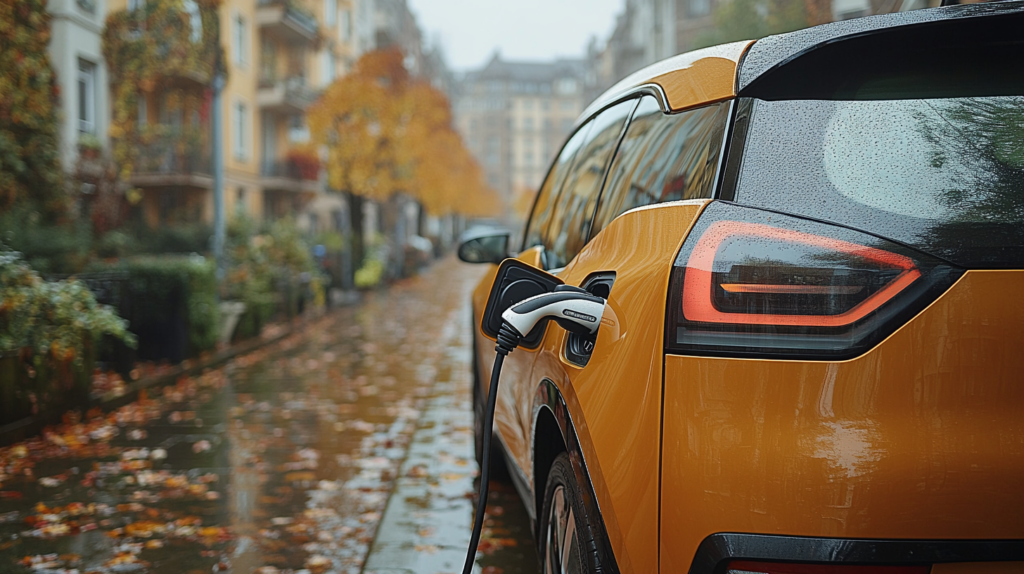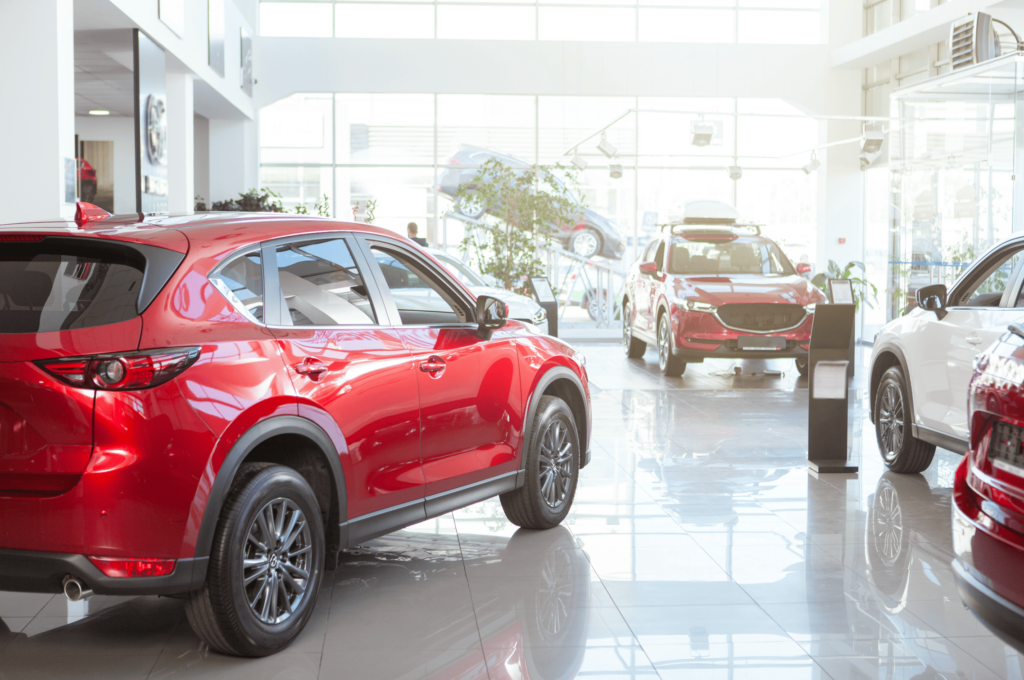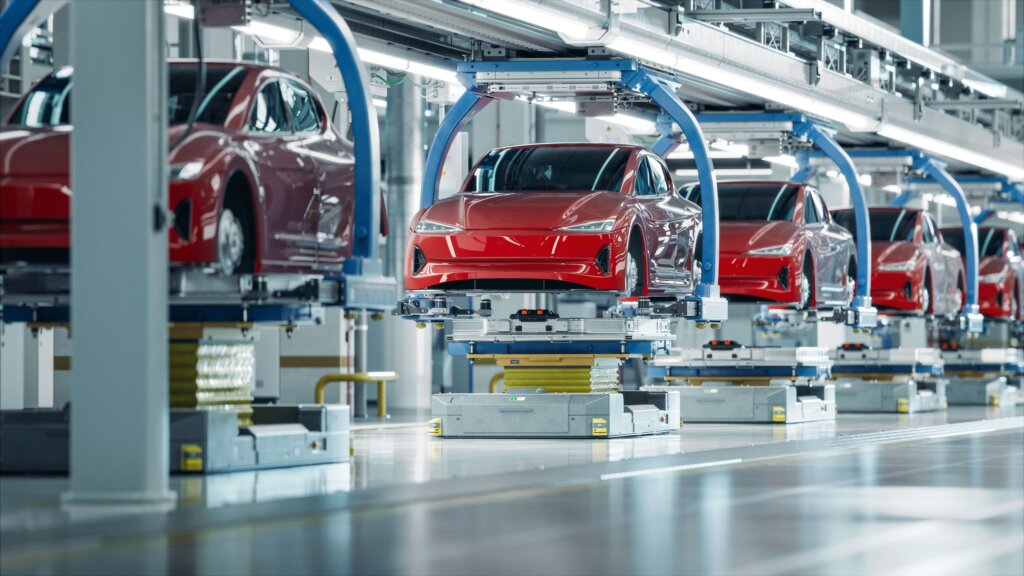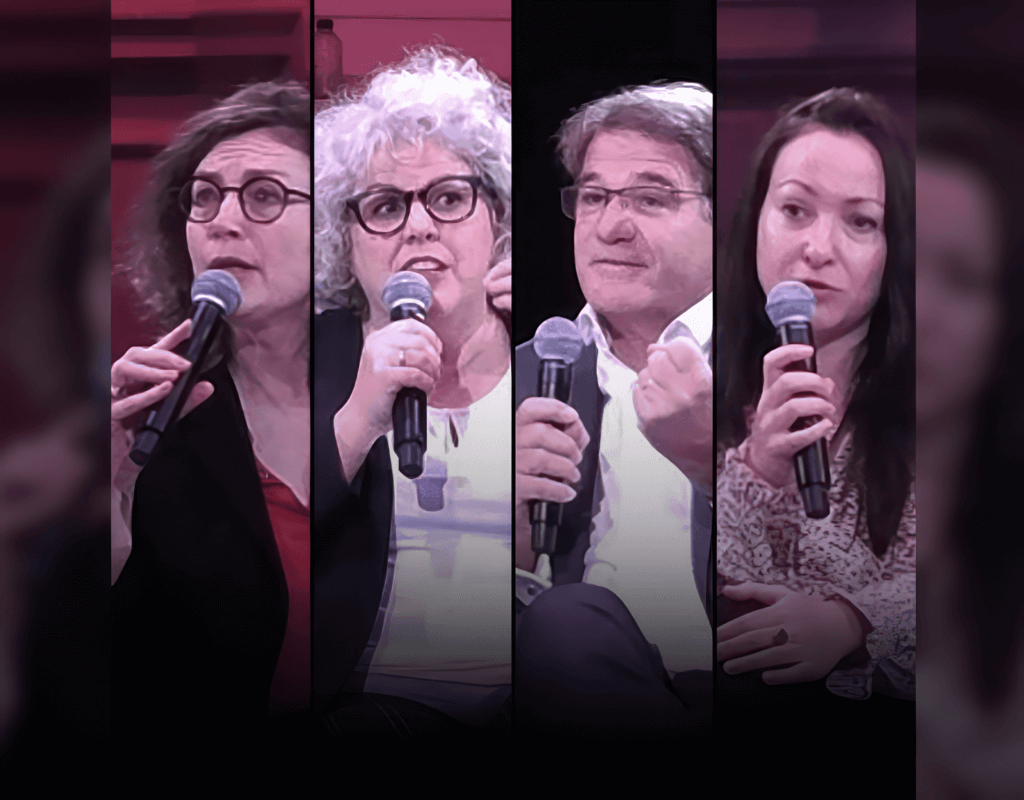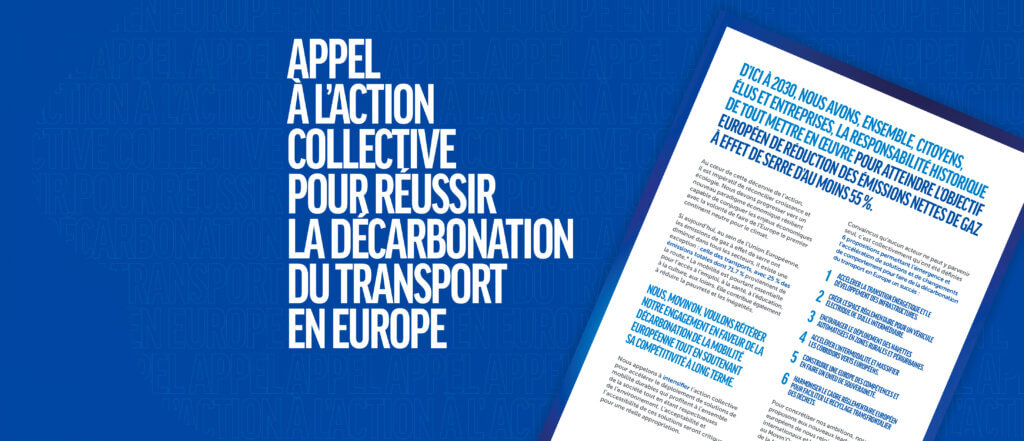Economy of functionality - Tyre as a Service: Reinventing our way of working to meet today's challenges
Economy of functionality - Tyre as a Service: Reinventing our way of working to meet today's challenges
Workshop moderated by Michelin
The "Tyre as a Service" model
For the past 50 years, Michelin has been operating the "Tyre as a Service" business model, which is all part of an economy of functionality. This pay-per-use system is based on the mileage driven by customers. It currently covers around 400,000 vehicles and generates around €500 million in sales. Demand for this type of solution is growing faster than the traditional tyre market.
The challenges the model faces
Despite its long-standing success, this model is now facing major challenges, such as the emergence of competitors offering a similar product, plus a restricted perception of Michelin's added benefits such as safety and lower carbon footprint.
Michelin's sustainable approach
The Michelin Group has increased the use of sustainable materials in the production of their tyres, aiming to rise from 26% in 2019 to 40% in 2030.
The "Tyre as Service" model also provides the possibility to control the use phase within the product life cycle, the main source of CO2 emissions. For instance, by deploying the "four lives model", Michelin is able to re-tread 46-47% of their tyres and regroove 40% of new tyres, i.e. 2 to 4 times more than the normal industry standard.
These processes increase a tyre’s lifespan, resulting in savings in terms of material and fuel. Over one year of operation, we estimate we can avoid the consumption of 26,000 metric tons of materials, 130 million litres of fuel and the emission of 330,000 tons of CO2.
Michelin's future strategy
Michelin sets out to constantly improve the operational excellence of this business model, and to better communicate the tangible benefits that go with it, over and above simple budget and savings. For instance, by highlighting the safety benefits, securing gains in productivity and a lower carbon footprint with customer car fleets. Enhanced digitalization of the model (courtesy of technological developments in terms of tyres and connected vehicles) is a key lever, which will also allow ever closer collaboration with the partner networks that make this model possible.
Key figures
- "Tyre as a Service" has been up and running for 50 years.
- The model covers around 400,000 vehicles.
- It generates around 500 million euros in business.
- The use of sustainable materials in tyre production has risen from 28% to 40% since 2000.
- Re-treading rate for Michelin tyres: 46-47%.
- Regrooving rate for new Michelin tyres: 40%.
- Regrooving a tyre can increase lifespan by up to 25% in mileage.
- Regrooving a tyre can reduce fuel consumption by 0.3 litres per 100 kilometres.
- Thanks to these measures, each year Michelin cuts out the use of more than 26,000 metric tons of raw materials, reduces fuel consumption by up to 130 million litresand cuts out the emission of more than 336,000 tons of CO2.
Putting the
economy of functionality into action
Animateurs

MICHELIN
Share
Tweets de @movinonconnect
Movin'On 2035 TODAY EP02 - Circular Economy & Competitivity
Movin’On 2035 TODAY EP01 – Fair Mobility for All https://x.com/i/broadcasts/1yNxagBrWZbGj
✨ THAT'S A WRAP!
Movin'On Summit 2024 has just concluded in Brussels!
More than 350 leaders and experts in sustainable mobility gathered to exchange ideas, collaborate, and share their vision for desirable and decarbonised mobility in Europe. Together, we explored ways to build…
🔴 Live from #MovinOnSummit2024
@AshaSumputh has just invited Denis Machuel, CEO at @AdeccoGroup and Florent Menegaux, President of the @Michelin Group & President of Movin'On
Watch our programs on
Keynote by Thomas LESUEUR: What are the prospects for the new models of the economy of functionality?
Accueil Movin’On Play 4 juillet 2023 Thomas Lesueur, Commissaire Général au développement durable, nous partage sa vision pour impulser ce changement de paradigme, en élaborant […]
Keynote by Frédéric DALSACE: the economy of functionality in action
Accueil Movin’On Play 4 juillet 2023 En remplaçant la vente d’un bien par celle de son usage, les entreprises adoptent un fonctionnement qui économise les […]
What role can an economy of functionality play in a corporate strategy?
Accueil Movin’On Play 4 juillet 2023 Malgré tous ses attraits économiques et sociétaux, la mise en mouvement des parties prenantes vers l’économie de fonctionnalité n’apparaît […]
Keynote by Arthur KELLER, specialist in systemic risks and resilience strategies
Accueil Movin’On Play 4 juillet 2023 Comment se préparer aux risques systémiques ? Une plongée au coeur de la réalité de notre temps – sur […]
Sustainable mobility news
Discover the latest trends, analyses per theme, and our next meetings.


